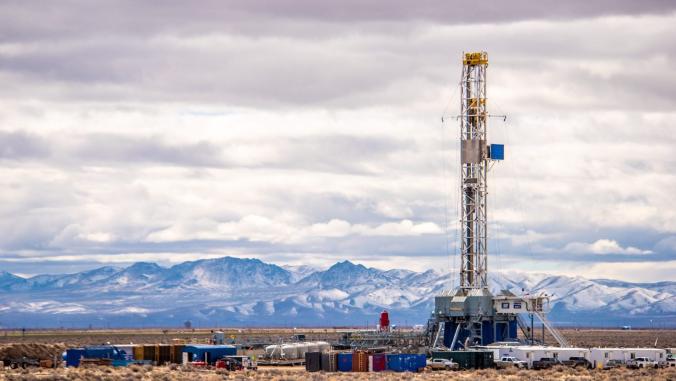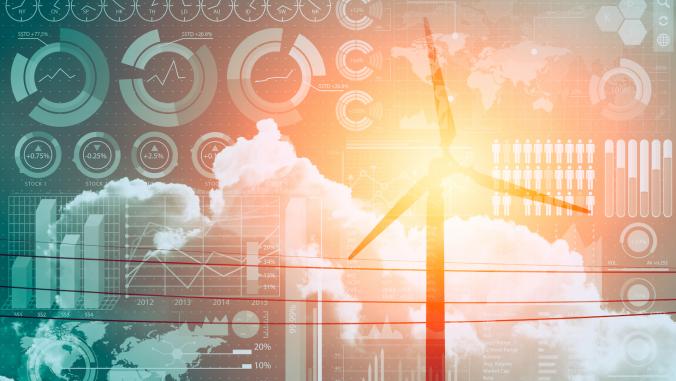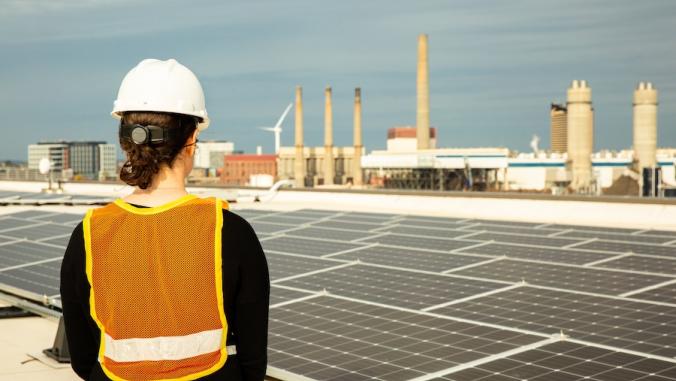Steel is the backbone of modern infrastructure and one of the world’s most widely used materials. It is also one of the largest culprits of the climate crisis, responsible for about 8 percent of total global emissions.
Yet despite its significance, there is still relatively little action from corporations to address this carbon bomb.
The good news: Technological pathways are emerging to decarbonize steel. All that’s needed is investment and dogged commitment from public and private partners to create meaningful demand signals.
Technical pathways to low-carbon steel
The majority of steel is made in blast furnaces. The process requires two inputs: iron ore and coal. They lead to an output of molten iron and carbon dioxide (as well as other impurities that may be in the ore, including sulfur, phosphorus and silicon).
This process produces an impressive amount of emissions — for every ton of crude steel, close to 2 tons of CO2 is created. What’s more, the global appetite for steel is on the rise. Demand in 2023 is expected to increase 2.3 percent year over year, up to 1.82 billion tons, according to the World Steel Association.
Strategies to reduce these emissions could be broadly divided into five buckets:
- Reuse steel. Using recycled steel scrap, rather than virgin-based production, reduces CO2 emissions by 70 percent. The reason? Raw iron ore requires more energy to remove impurities and creates more process emissions. And we’re already pretty good at recycling steel, as it’s the most recycled metal in the world, saving money, energy and time. Ultimately, recycling alone won't get us to where we're going: there is a limit in availability (when steel goes into product, it tends to stay there for a while) and quality (when steel mixes with other alloys, it can compromise its physical properties).
- Carbon capture, use and storage (CCUS). Capturing emissions from industry — either to safely store or repurpose to create new products — will play a critical role in addressing climate change. Today, however, the technologies are nascent and expensive. Federal funds are aiming to scale up CCUS, supported by more public and private procurements. In the meantime, the efficacy of the technology is iffy and, if used broadly with blast furnaces, may extend reliance on coal, which lacks the transformational vibe needed in the climate fight.
- Green hydrogen. Using clean (or green) hydrogen to replace coal in blast furnaces could decarbonize steel completely. This would transform the blast furnace’s byproduct from CO2 to H2O. Two years ago, a pilot project in Sweden, Hybrit, demonstrated the feasibility of a hydrogen steel plant, with the view to ramp up production by 2026.
- Other fuels. Improving the efficiency of the blast furnace process or plugging in less carbon-intensive fuels would help marginally reduce steel emissions. Japanese manufacturer Kobe Steel uses a natural gas blast furnace, which it claims reduces emissions associated with production by 20 percent. Charm Industries is suggesting syngas as a potential option. Other organizations are looking to biomass to reduce emissions, though there are limits to biomass as a viable fuel source.
- Electrification. Electric arc furnaces traditionally have been used for scrap steel, as they weren’t able to reach temperatures needed to process raw iron ore. However, breakthroughs in electrolysis of iron ore are changing that. Boston Metal developed a technology that uses electricity to transform iron ore into molten iron, with oxygen as a byproduct. This technology is getting new attention; the company just announced $20 million in investment from the International Finance Corporation (IFC), its first institutional investor.
Of these pathways, I pick electrification. Of the five options, only green hydrogen and electrification have the potential to remove emissions from the equation entirely, blazing a logical path to truly clean steel. And between hydrogen and electrification, the latter is more direct use of clean energy (instead of using electricity to make hydrogen to make steel, you could skip a step and use electricity to make steel). What’s more, I worry about the many competing interests in clean hydrogen.
I spoke to Adam Rauwerdink, senior vice president of business development at Boston Metal, who elegantly summed up this sentiment:
"It really doesn't make sense to use the limited commodity that's green hydrogen for steel production, if you can skip the middleman and just use the electricity directly. I certainly believe in green hydrogen, just not for steel. Use it elsewhere."
Call to corporations: sign procurement contracts
The single most important thing corporations can do to accelerate the adoption of clean steel is sign procurement deals. These will help signal demand for clean steel and speed along the complicated process of incorporating new materials.
As of today, I am aware of three procurement commitments for low carbon steel:
- The federal government, who has issued their Buy Clean principals that include guidelines for procuring steel made from lower carbon fuel stocks;
- Volvo, which signed a statement of intent with SSAB in July 2021 to produce green steel made from hydrogen for its cars by 2026; and
- GM, which signed a deal with Nucor in October 2021 to use scrap steel and electric arc furnaces to create net-zero steel.
There are coalitions aiming to signal demand for cleaner steel — such as SteelZero, Responsible Steel and the First Movers Coalition — but when it comes to corporations putting pen to paper for specific procurements, the list is embarrassingly skinny.
Are there clean steel procurement deals I’ve missed? Are you a company that wants to procure clean materials, but you’re hitting challenges? I want to hear from you: [email protected].






